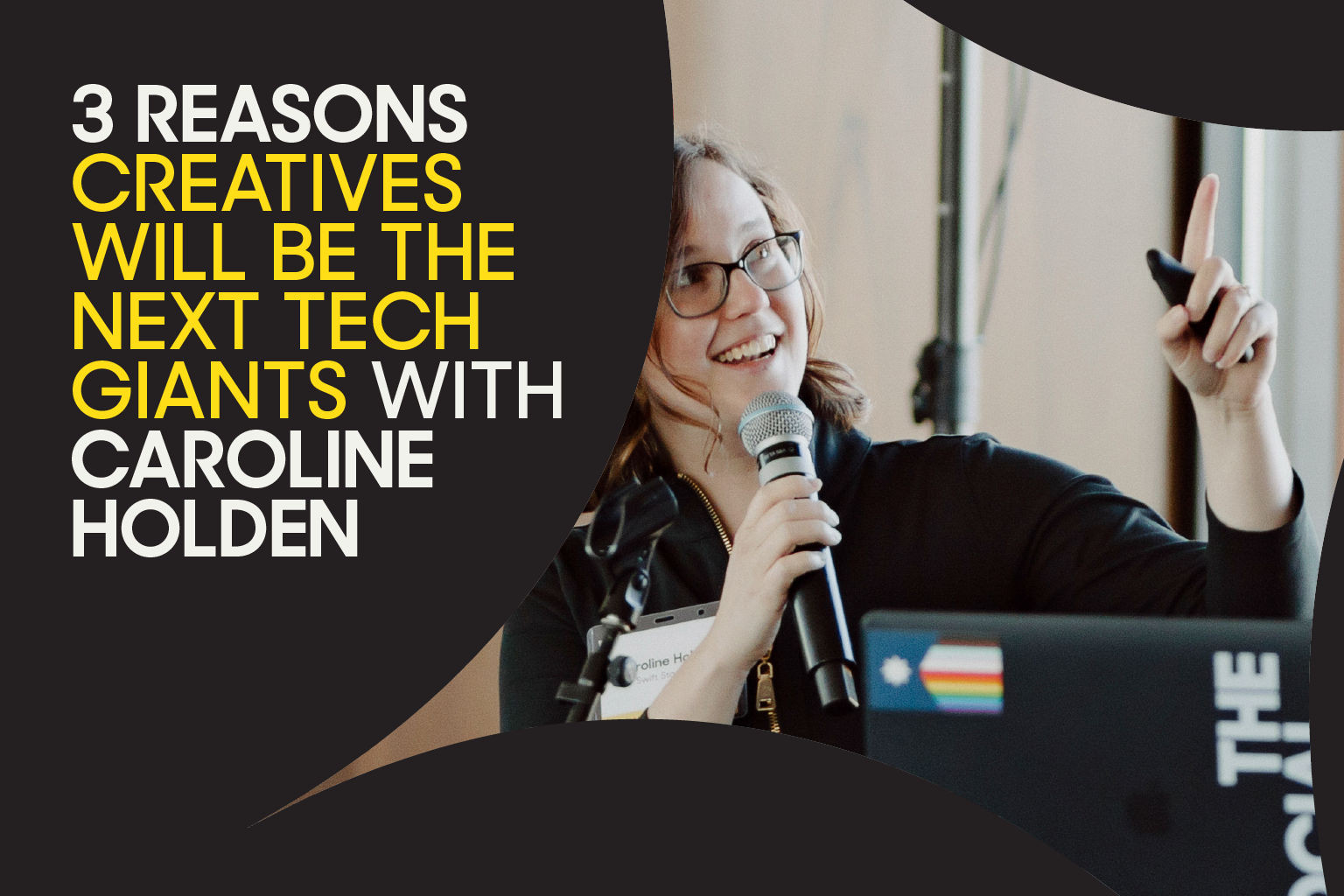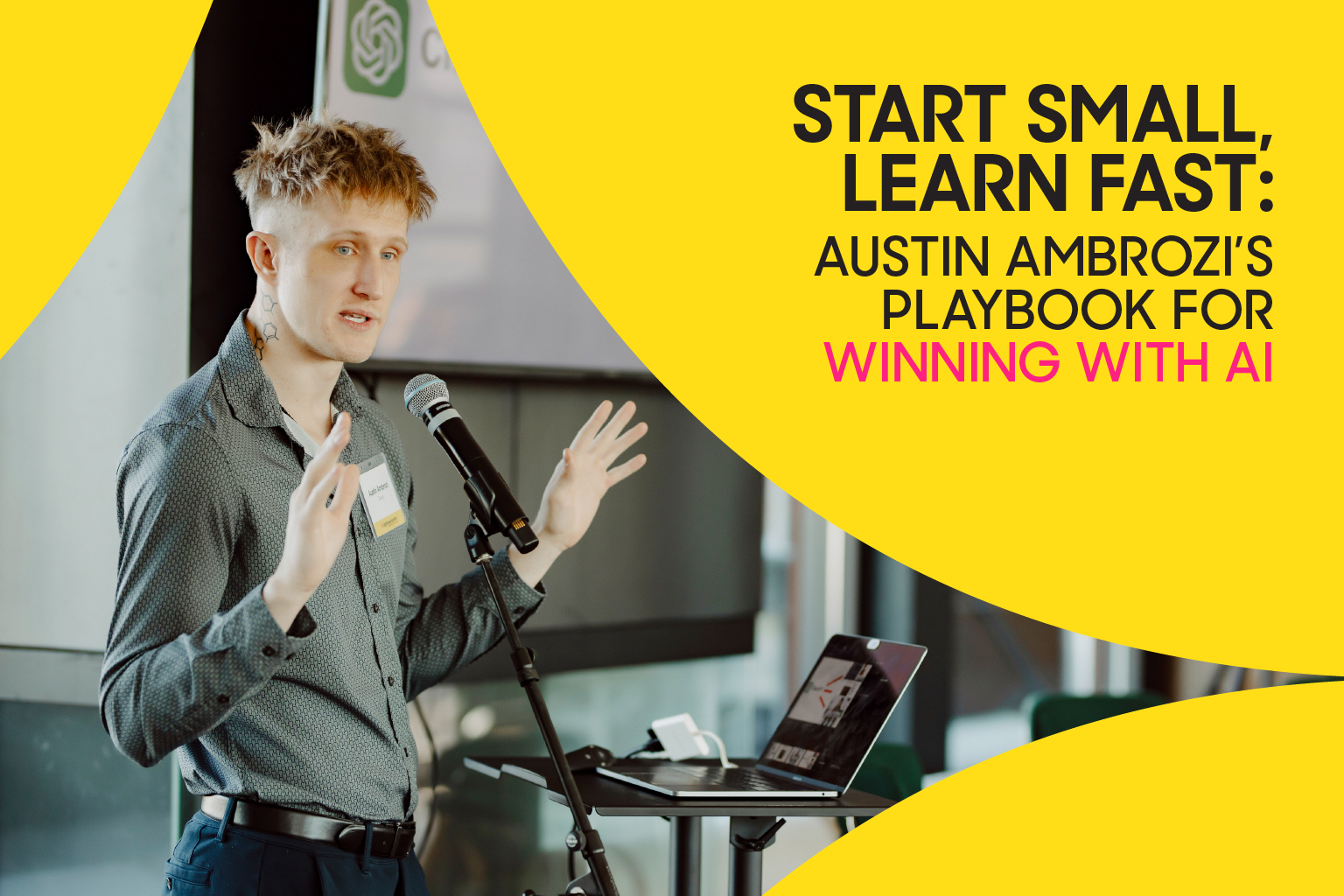As a social media agency we’re always keeping an eye on emerging media and helping clients navigate the new and what’s next at The Social Lights.
One of the biggest new technologies to come to the marketing world in 2023 is generative A.I., and the conversation among brand marketers has evolved from “this is a fun toy” to “holy sh*t, this could impact a lot of marketing!”
We agree and believe this technology isn’t coming; it’s here. We also believe the genius of human marketers can’t be replaced and generative A.I. is yet another tool in our creative toolbox.
So at The Social Lights, we’ve been spending a significant amount of time testing-and-learning, developing risk-reduced pilots, and leading education with our teams and in client sessions about the realities of this technology today and its impacts for tomorrow.
Below are just a few ways those are coming to life outside our walls, plus a few tips for getting started in risk-reduced ways.
Dropping Deets with Digiday
Our Chief Creative & Strategy Officer, Greg Swan, recently spoke with Digiday about the new class action cases against OpenAI and how marketers are continuing to adopt new tools in the creative toolbox while proactively mitigating risk.
Despite the uncertain and evolving legal and regulatory landscape, more marketers are moving forward with seeing AI as more than a novel trend and something that could meaningfully impact many areas of business. However, that doesn’t mean many aren’t still suggesting companies experiment while also exercising caution.
At the Minneapolis-based agency The Social Lights, chief creative and strategy officer Greg Swan said he’s been counseling teams that want to test generative AI tools to make sure they don’t copy and paste generative content directly into marketing materials.
“I tend to think of AI and this whole industry as a precocious teenager who thinks they need everything and the rules of the road, but they still need adult supervision,” Swan said.
“It’s incredibly difficult to know where the line is been inspiration and theft, and just like with all marketing outputs: source material matters, plagiarism matters, equitable compensation for creators matters, and brand safety matters.”
Read the whole story here.
Chatting Generative + Social at Social Media Breakfast

Last week Greg also presented to a 175-person, sold-out Social Media Breakfast event here in Minneapolis on the topic of Generative A.I. and its impact on marketing. We had the BEST time, ate some bacon, and fostered multiple opportunities for attendees to chat with each other and share what they’re learning, their concerns, and ways to grow. Almost every marketer in the room had tried ChatGPT, but everyone had questions about what will happen next.
We’re sharing a social media case study at the next Social Media Breakfast. Check out details and get tickets here.
What are some of those risk-reduced ways to engage with these new tools?
There are ways to test and experiment with these new tools that reduce risk but can still create fruitful opportunities to learn for the future.
Here are a few suggestions based on our research and experience so far:
- Ensure any public-facing content created in generative tools is licensed and transparently sourced before publishing.
- Consider using generative stock photo sites like Adobe FireFly and Shutterstock, which offer creator databases of licensed content for generative creation.
- Turn off “chat history + training” in the ChatGPT settings to avoid sharing company IP with the learning model.
- Train models on your own data.
- Check out enterprise resources and partnership options from third-party orgs, like Partnership on AI (PAI), Coalition for Content Provenance and Authenticity (C2PA), and the World Economic Forum.
- And look for platforms like Google, TikTok, Facebook, Instagram, and Pinterest to launch generative ad tools, disclosure features, and innovations that are brand safe later this year.
Want to learn more? Hit us up to see about a 1:1 session for your brand about Generative A.I.




